This 3D model of Normandy SR-1 consists of files in StereoLithography (.Stl) format that is optimized for 3D printing.
Before printing the files, we strongly recommend reading the PRINTING DETAILS section.
WHAT WILL YOU GET AFTER PURCHASE?
- 2 versions of Normandy SR-1 STL files for FFF/FDM and DLP/SLA - files for all versions are available for download after the purchase;
- STL files of high-poly Normandy SR-1 Model for 3D printing consist of 58 files;
- Sizes for:
- FFF/FDM: 156 mm tall, 175 mm wide, 432 mm deep;
- FFF/FDM on the stand: 184 mm tall, 175 mm wide, 432 mm deep;
- DLP/SLA: 78 mm tall, 88 mm wide, 216 mm deep;
- DLP/SLA on the stand: 92 mm tall, 88 mm wide, 216 mm deep;
- Assembly Manual for FFF/FDM 1.0 and DLP/SLA 1.0 versions in PDF and video formats;
- Detailed settings that we provide as a recommendation for Cura, Bambu Studio, Simplify3D, Slic3r and PrusaSlicer for the best print;
- Full technical support from the Gambody Support Team.
Detailed information about this 3D printing model is available in the DESCRIPTION section.
ABOUT THIS 3D MODEL
SSV Normandy SR-1 developed by Systems Alliance and turian government is famous for its revolutionary technology as it is powered by the Tantalus Drive Core, a Mass Effect core twice the standard size which powers the starship stealth system and makes the Normandy quiet and fast. The reconnaissance frigate served as the main source of transportation and base of operations of Commander Shepard when they became the first human Spectre - the entrusted agent of the Citadel Council.
Our contributing 3D artist created a beautiful model of Normandy SR-1 for 3D printing and we are proud to have such a stunning starship on our marketplace. The build of the frigate is very impressive: an extended main hull is supported by complex two-stage engine mounts with a comprehensive design. The elongated hull of Normandy looks perfect for maneuvering and gives it the look of a perfect racing craft. Design details make Normandy very authentic: the surface of the frigate is adorned with its name and there are rows of tiny windows along the main body. Printing such a great project is an utmost pleasure, just give it a try!
ADAPTATION FOR 3D PRINTING
The Normandy SR-1 model for 3D printing is an active assembly model and its moderation and adaptation for different types of 3D printers took the Gambody team 98 hours in total.
For you to receive the cleanest 3D printing result possible, minimize the amount of filament needed for generated support, and make use of the active elements designed by Gambody Engineers, the starship was divided into convenient assembly parts.
All assembly parts in the FFF/FDM 1.0 version are provided in STL files in recommended positions that were worked out in order to ensure the smoothness of the details’ surfaces after printing and that the 3D printing beginners won’t face difficulties when placing the parts on a build plate. When downloading any model’s file you will also receive “Assembly Manual” for FFF/FDM 1.0 and DLP/SLA 1.0 versions in PDF and video formats. We highly recommend that you get acquainted with the “Assembly Video” and “Assembly Manual” before getting down to the Normandy SR-1 3D printing model.
The model is saved in STL files, a format supported by most 3D printers. All STL files for 3D printing have been checked in Netfabb and no errors were shown.
The model’s scale was calculated from the length of the starship which is 170000 mm. The 3D printing model’s chosen scales are 1:400 for the FFF/FDM version and 1:800 for the DLP/SLA version.
VERSIONS’ SPECIFICATIONS
FFF/FDM 1.0 version features:
- Contains 29 parts;
- A printed model is 156 mm tall, 175 mm wide, 432 mm deep;
- A printed model on the stand is 184 mm tall, 175 mm wide, 432 mm deep;
- 2 variants of the hull and wings - with and without the lettering;
- Upper wings feature movable mechanisms;
- Movable side wings;
- Removable side hatches to access the battery;
- There are tunnels for LED wiring to light-up the hull;
- All parts are divided in such a way that you will print them with the smallest number of support structures.
DLP/SLA 1.0 version features:
- Contains 29 parts;
- A printed model is 78 mm tall, 88 mm wide, 216 mm deep;
- A printed model on the stand is: 92 mm tall, 88 mm wide, 216 mm deep;
- 2 variants of the hull and wings - with and without the lettering;
- Upper wings feature movable mechanisms;
- Movable side wings;
- Removable side hatches to access the battery;
- There are tunnels for LED wiring to light-up the hull;
- All parts are divided in such a way to fit the build plates and to ensure that support structures are generated where needed.
You can get the Normandy SR-1 model for 3D printing immediately after the purchase! Just click the green Buy button in the top-right corner of the model’s page. You can pay with PayPal or your credit card.
Watch the tutorial on how to assemble a Normandy SR-1 3D Printing Model on Gambody YouTube channel.
Also, you may like other Mass Effect and Spacecraft 3D Printing Models.
________
FAQ:
Generic
Below you can find printing recommendations for Cura, Bambu Lab, Simplify3D, Slic3r and PrusaSlicer software.
Disclaimer: The following printing settings are a recommendation, not an obligation. The parameters can vary depending on the peculiarities of your 3D printer, the material you use, and especially the particular assembly part you are working with. Each part that any model comprises often needs preliminary review, and you are free to tweak the settings the way you find suitable.
Note:
You can scale up the model (downscaling for FFF/FDM 3D printers is not recommended!);
All connectors should be printed at 100% Infill.
Bambu Lab printing recommendations:
These basic 3D printing settings recommendations for beginners were tested in Bambu Studio 1.9.1. Test models were printed on the Bambu Lab A1, Bambu Lab A1 Mini, Creality Ender 3 S1, Anycubic Kobra 2, and Anycubic Vyper using PLA and PETG filaments.
To avoid printing problems, we recommend the following settings: download
Cura printing recommendations:
These are averaged settings which were tested in the Cura 5.2.1 slicer. Test models were printed on Anycubic Vyper, Creality Ender 3 Pro with PLA filament.
To avoid printing problems, we recommend the following settings: download
Simplify3D printing recommendations:
These are averaged settings which were tested in the Simplify3D 5.0.0 slicer. Test models were printed on Anycubic Vyper, FLSUN v400, Ender3 S1 with PLA filament.
To avoid printing problems, we recommend the following settings: download
Slic3r printing recommendations:
These basic 3D printing settings recommendations for beginners were tested in Slic3r 1.3.0 software. Test models were printed on Ultimaker 2, Creality Ender 3, Creality Cr-10S pro v2, Anycubic I3 Mega, Anycubic I3 MegaS, Anycubic Vyper with PLA and PetG filaments.
To avoid printing problems, we recommend the following settings: download
PrusaSlicer printing recommendations:
These basic 3D printing settings recommendations for beginners were tested in PrusaSlicer 2.3.1. Test models were printed on Ultimaker 2, Creality Ender 3, Creality Cr-10S pro v2, Anycubic I3 Mega, Anycubic I3 MegaS, Anycubic Vyper with PLA and PETG filaments.
To avoid printing problems, we recommend the following settings: download

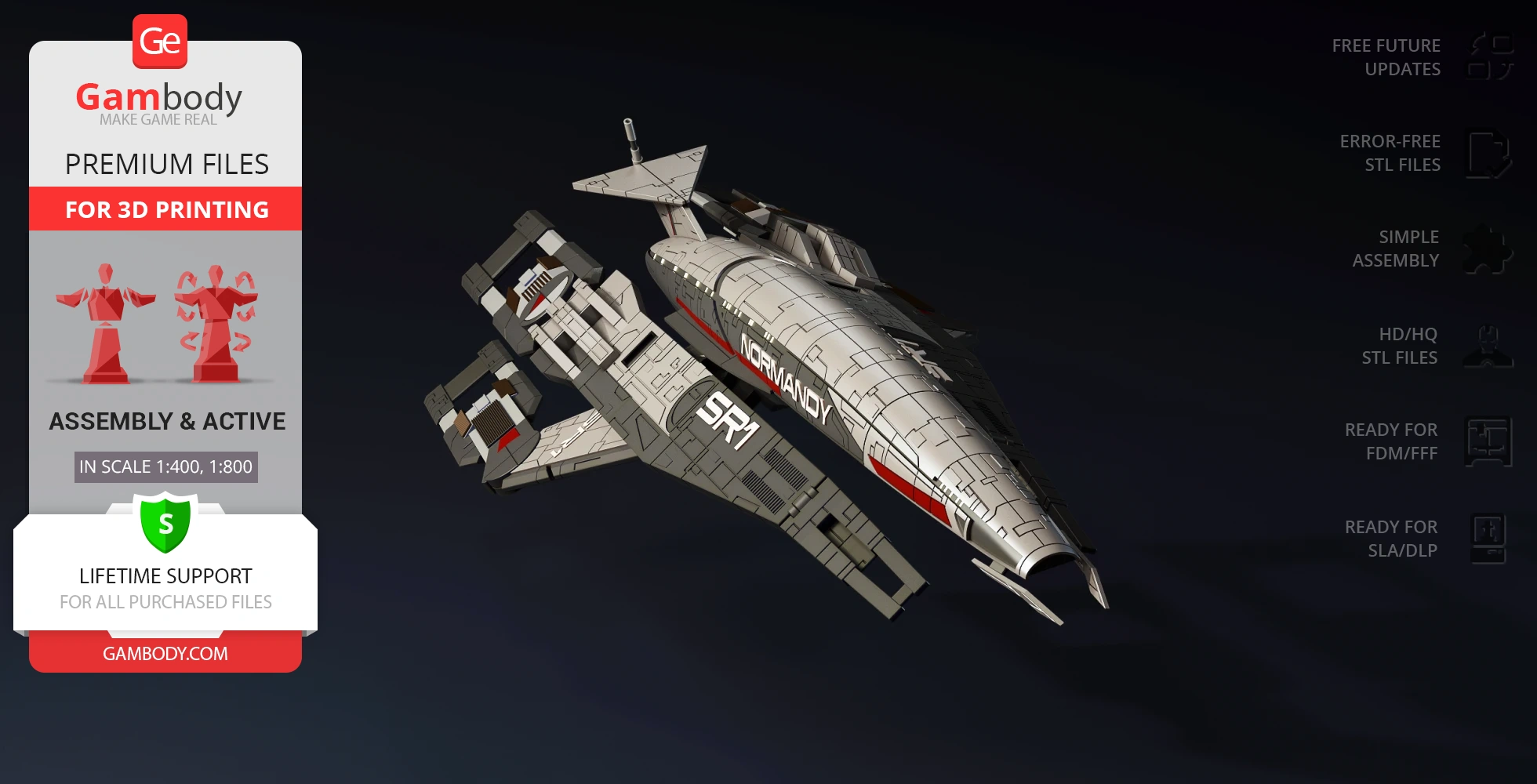
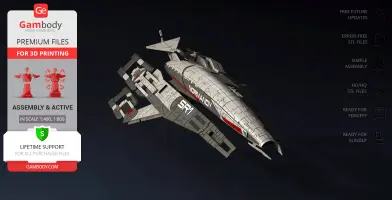
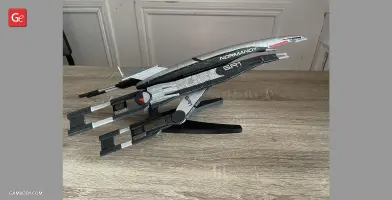
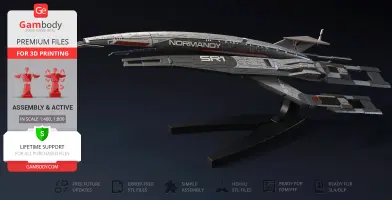
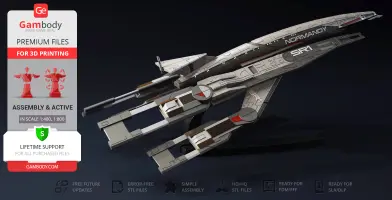
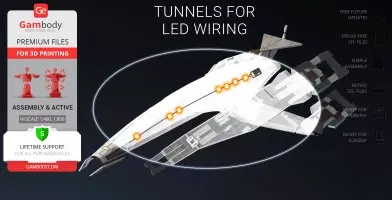
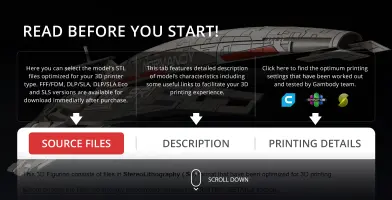

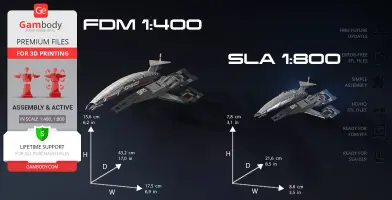
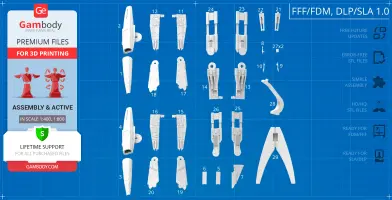
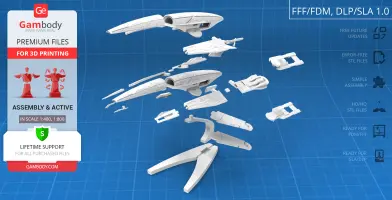
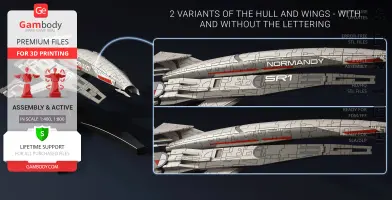
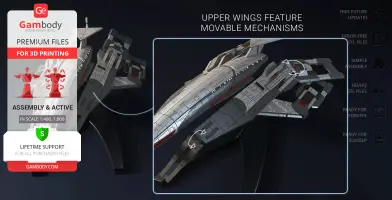


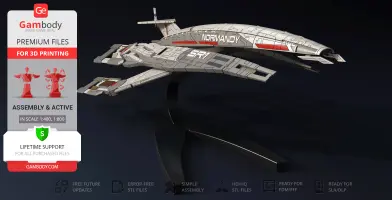

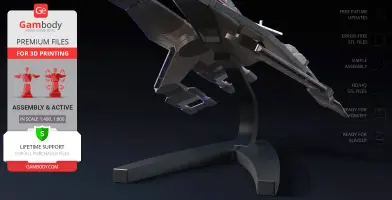
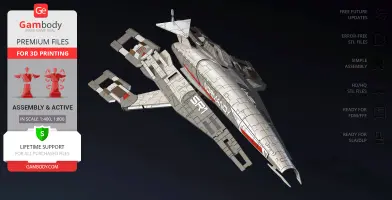
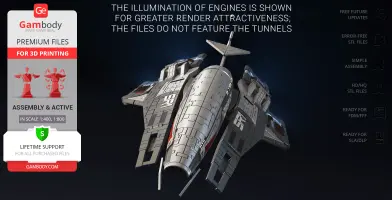
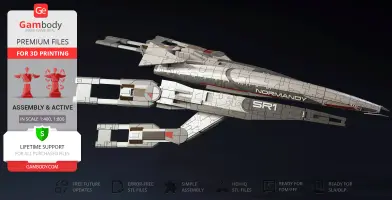
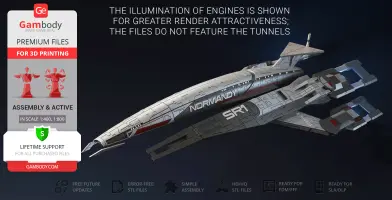
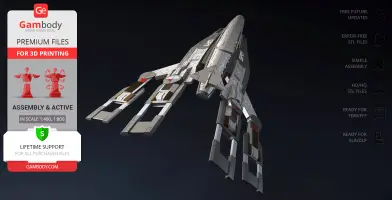
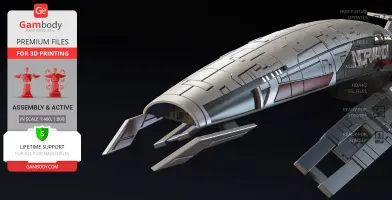

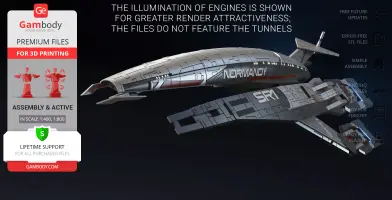
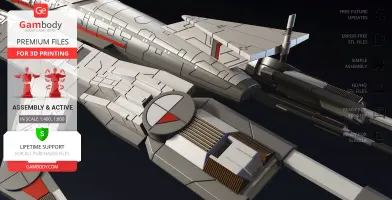
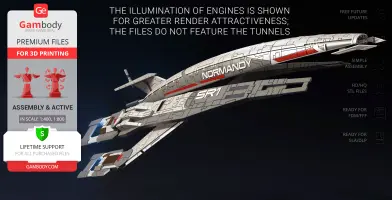
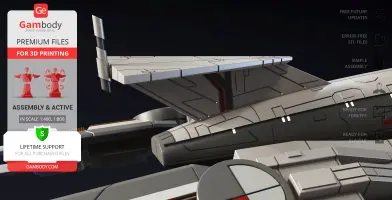
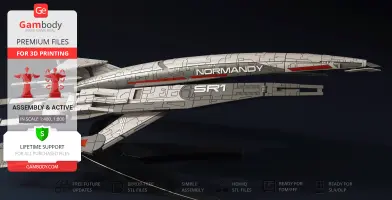
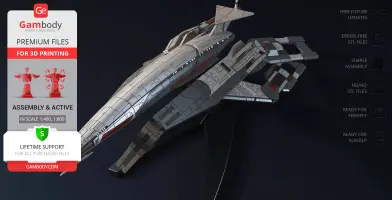

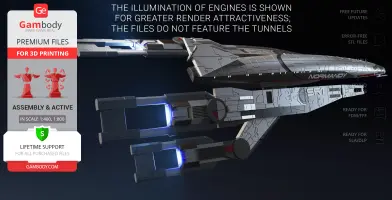
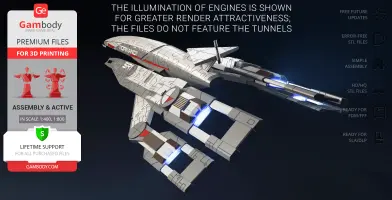
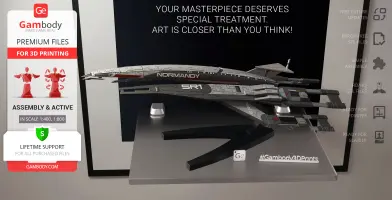
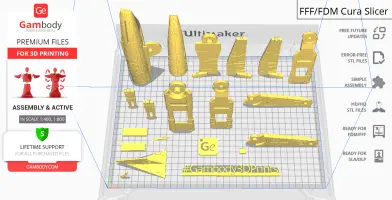


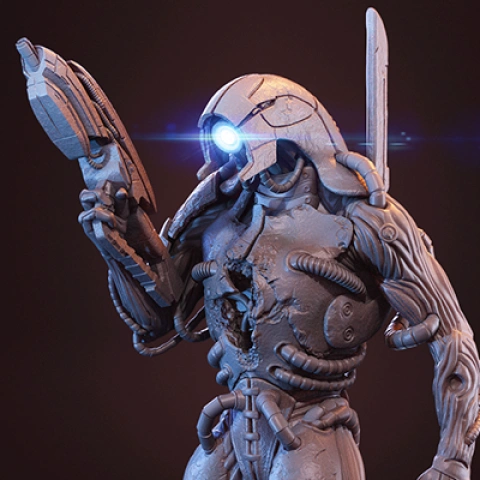
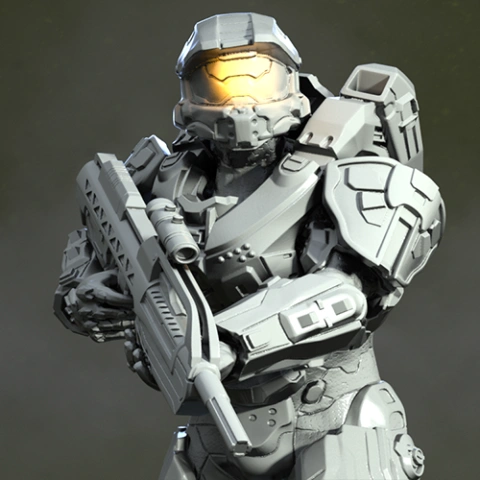

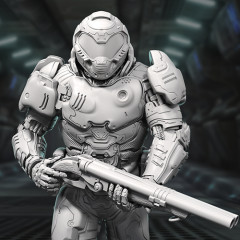
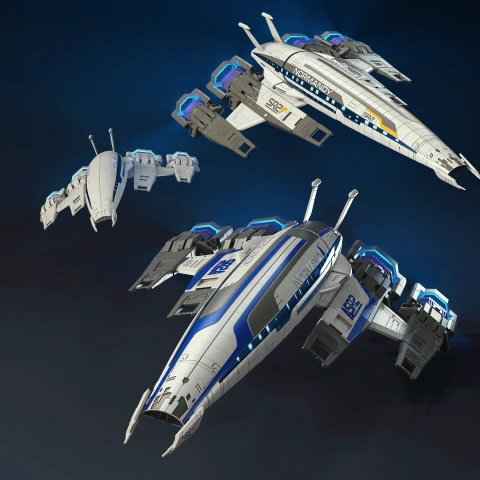
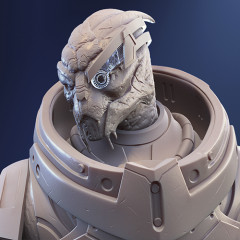
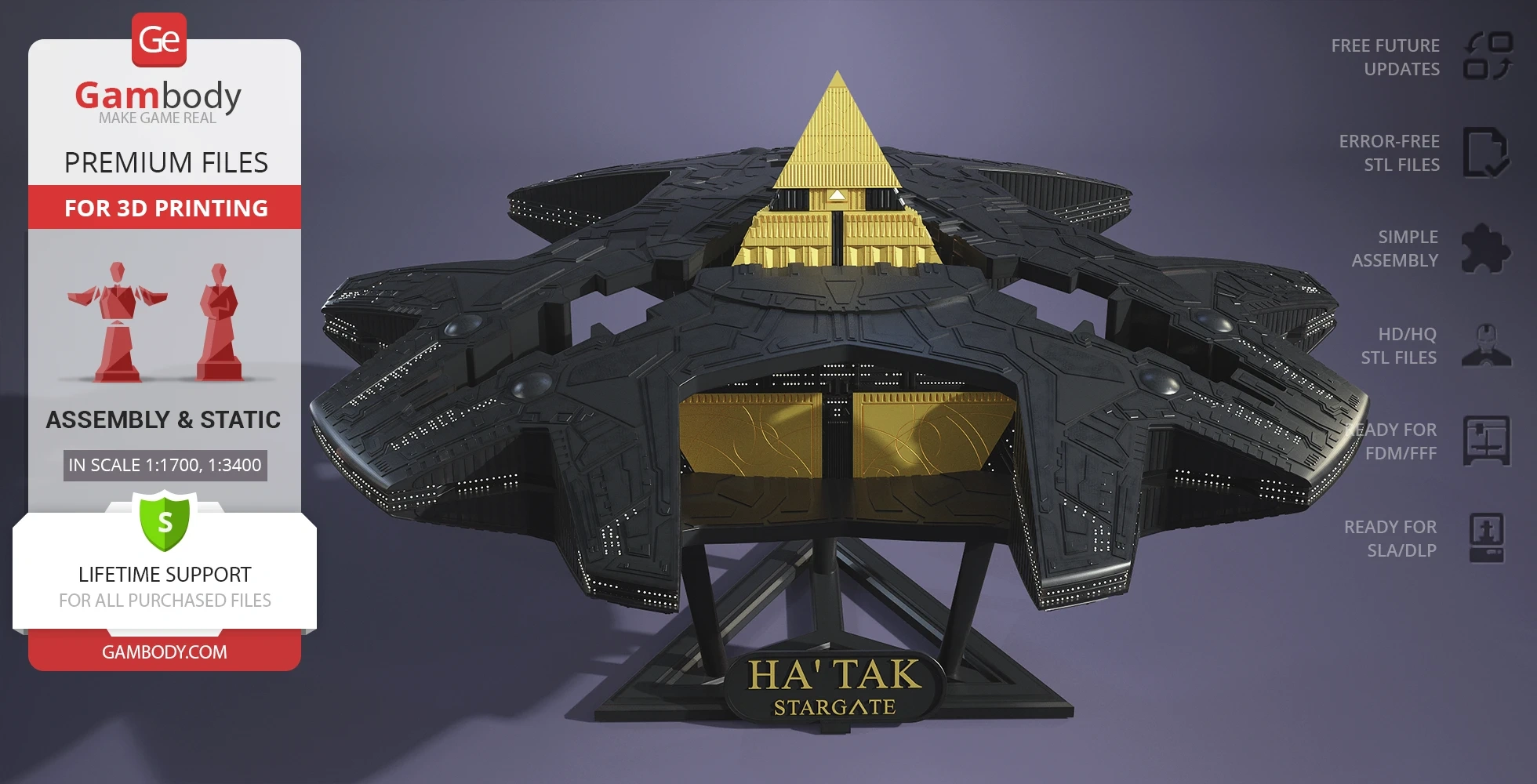

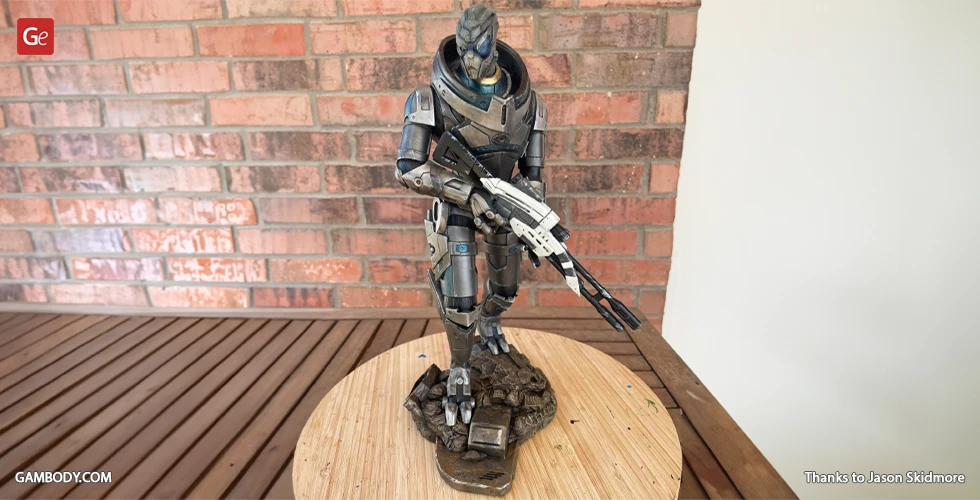
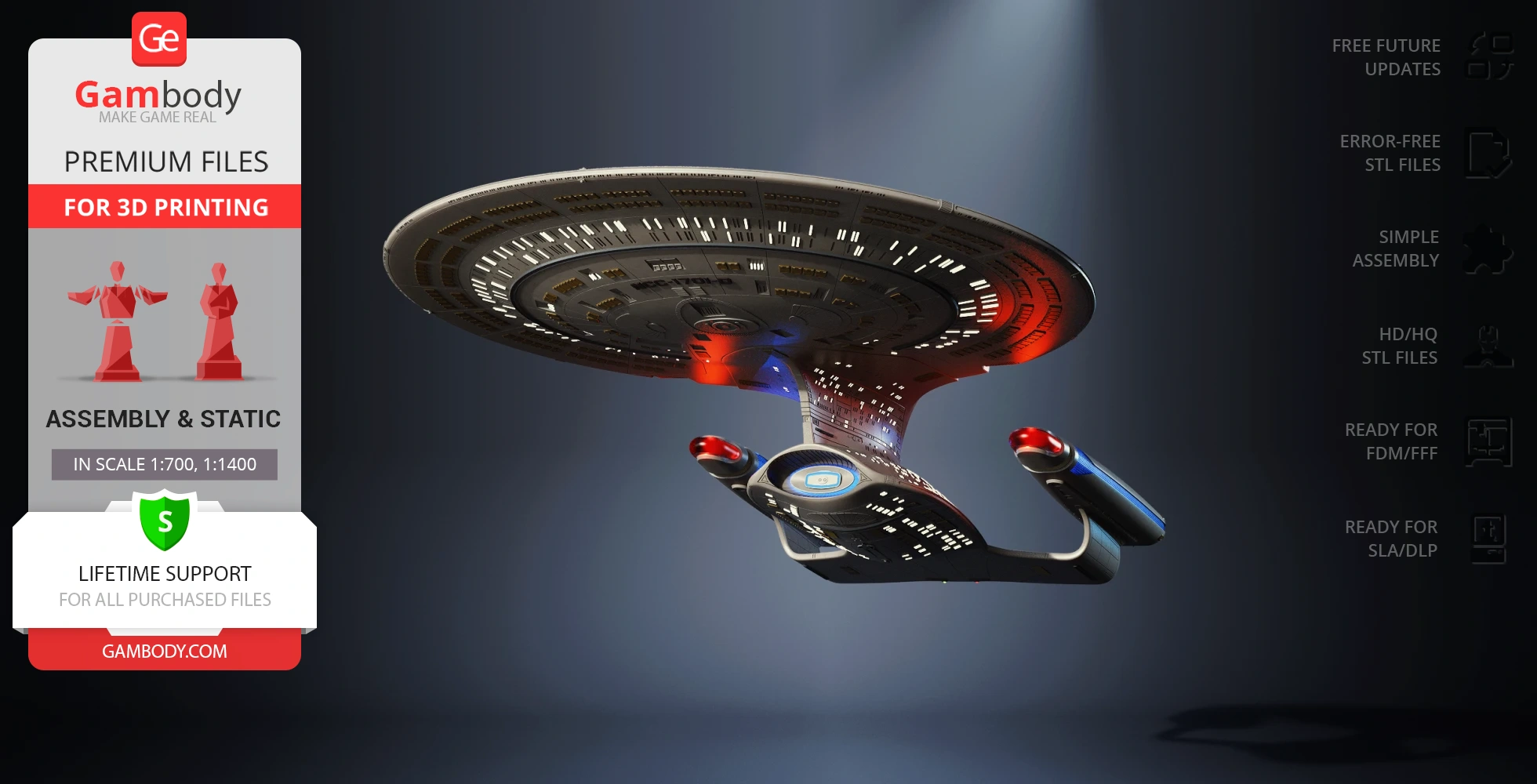
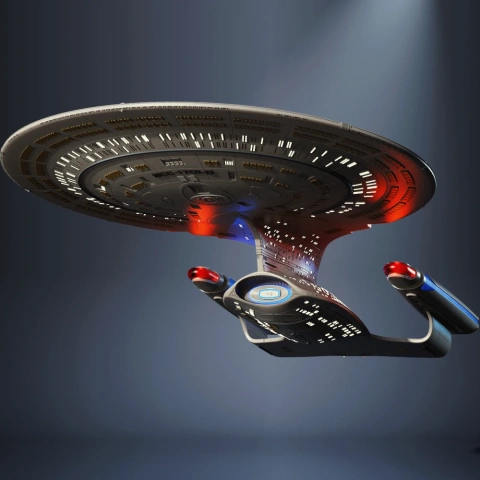
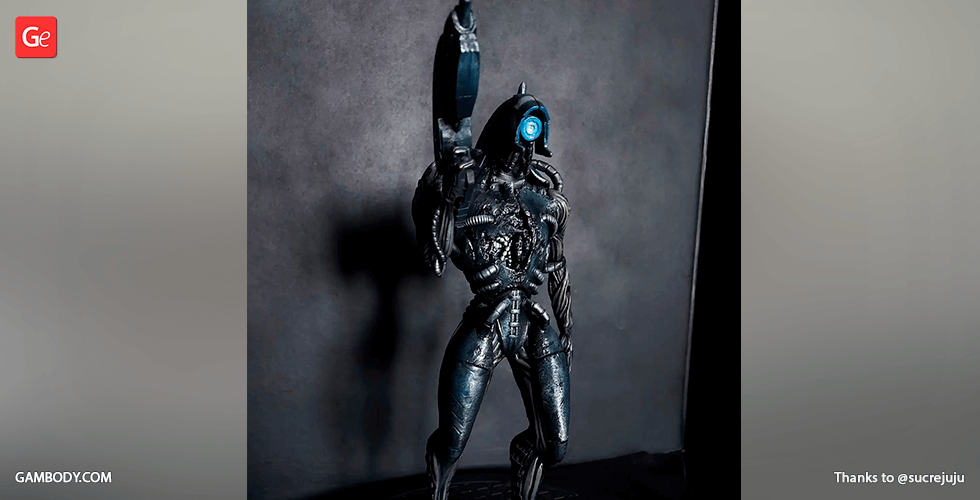
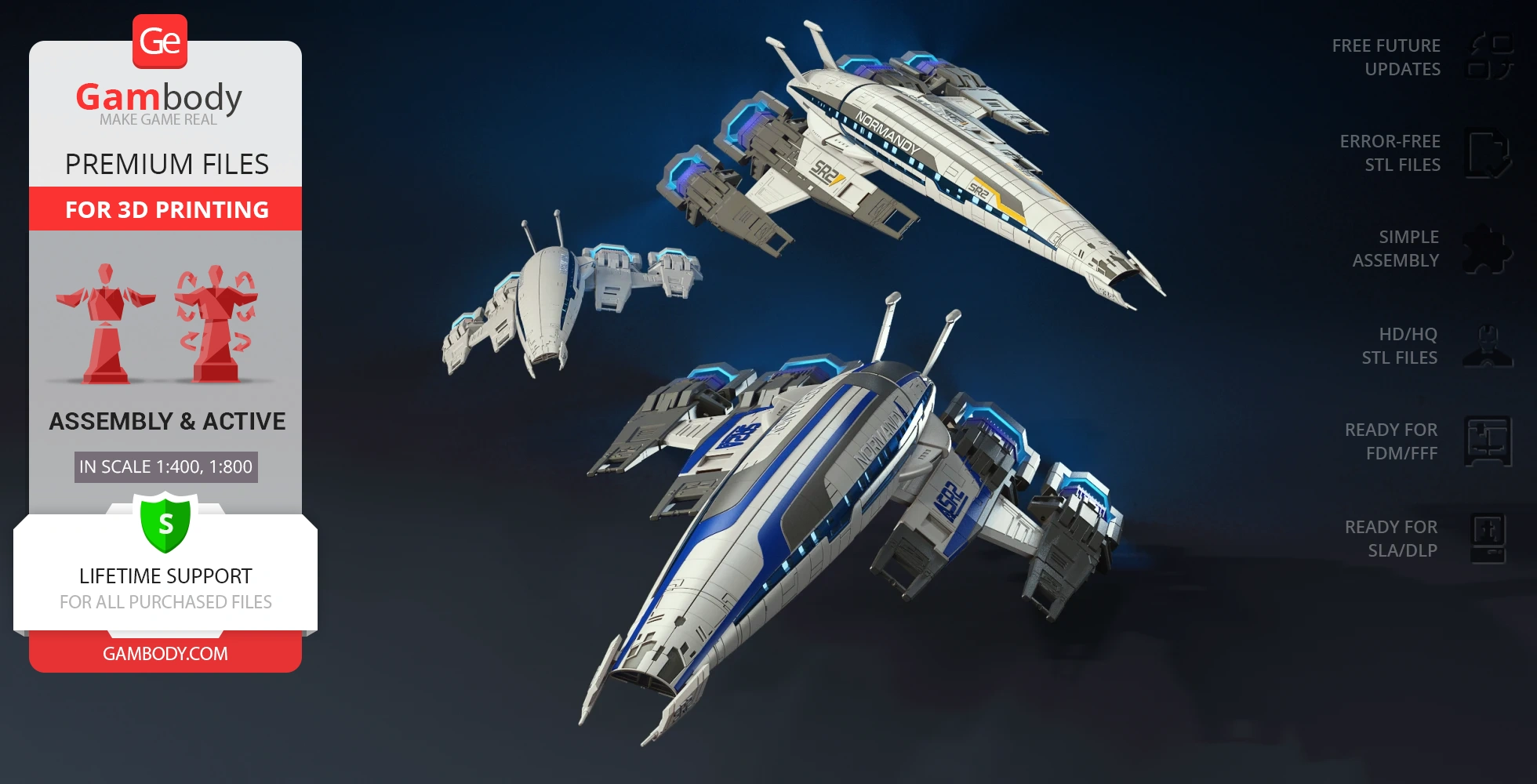
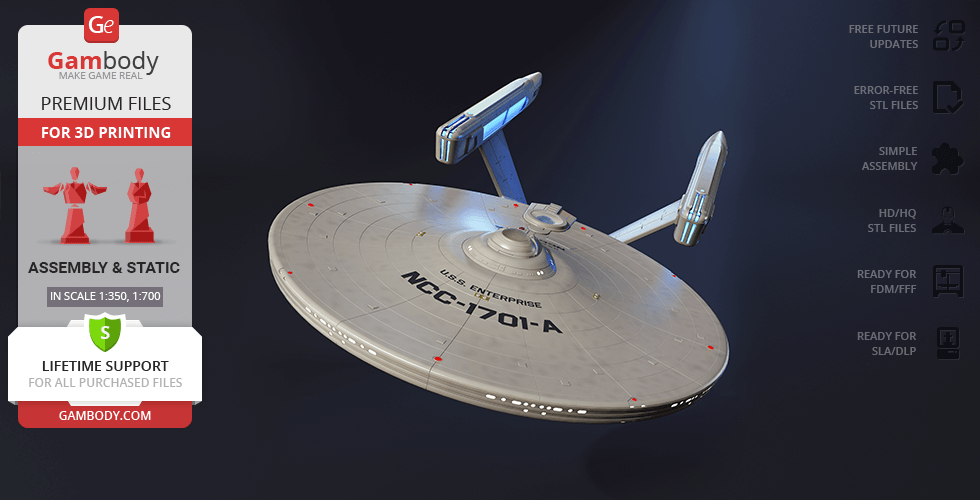
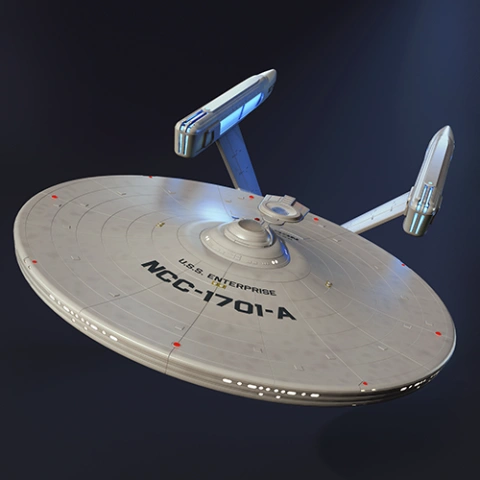
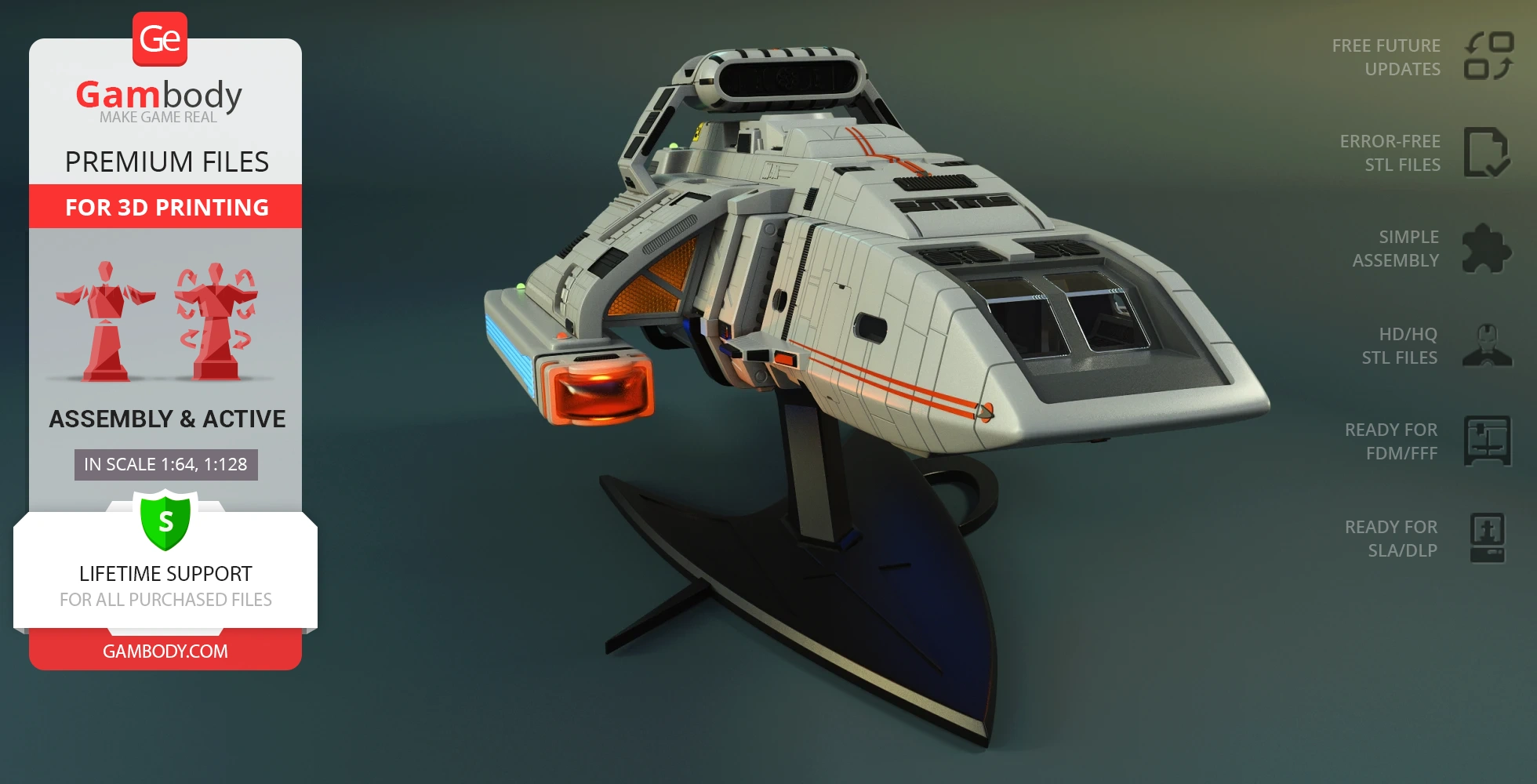
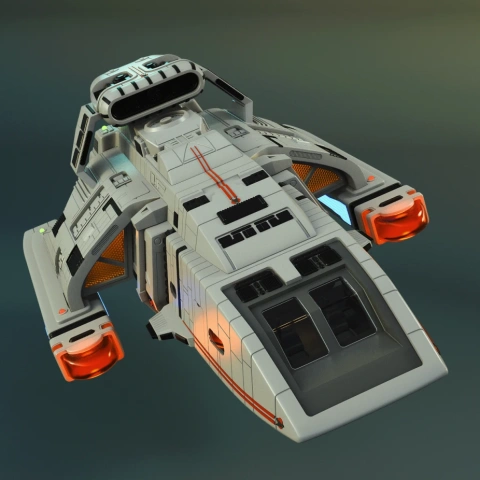
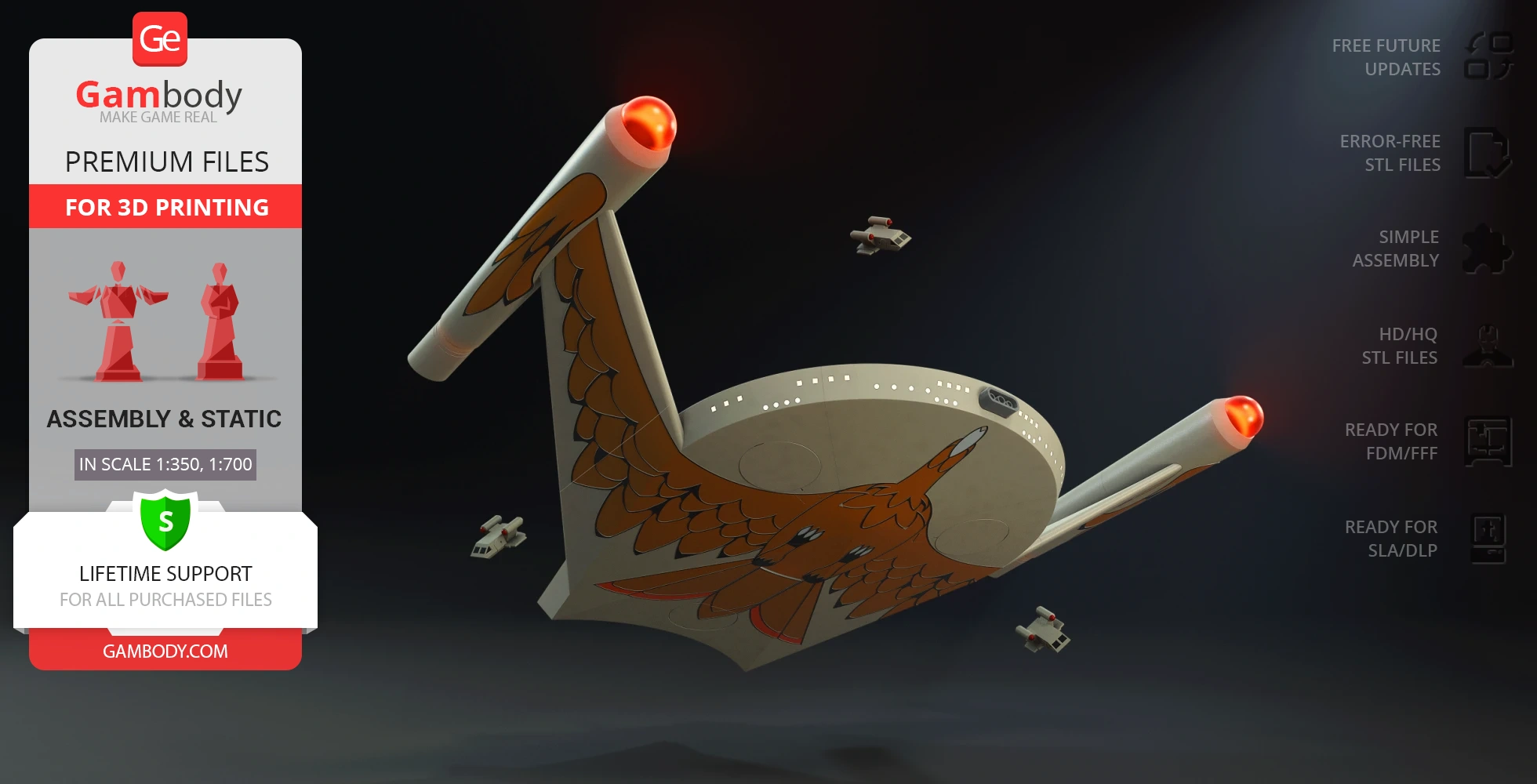
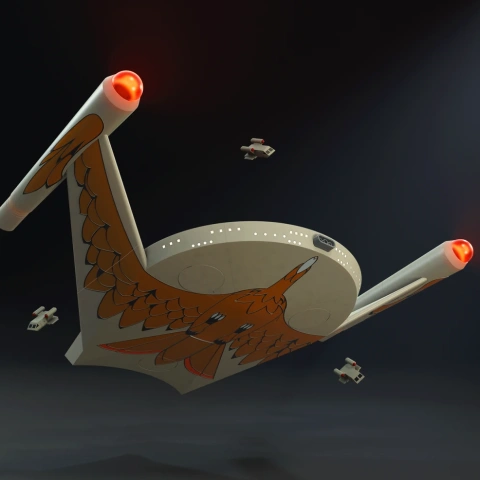
Comments